Buying a house is a significant investment and a long-term commitment. It’s crucial to thoroughly inspect a home’s major components during the home buying process before making such a big decision. A home inspection is a non-destructive, visual examination of a house’s systems and physical structure. Of course, this begs the question, “What to look for when doing a home inspection?”
Real Estate Contract – The Home Inspection Contingency
An inspection contingency in your property purchase agreement provides you with an opportunity (and a deadline) for obtaining a home inspection report.
A Complete Home Inspections Checklist?
This article is not an exhaustive inspection checklist for buyers, but it will give you a great insight into the home inspection process. Let’s get started.
Exterior Structure and Foundations: What to Look For when doing a home inspection
When you first arrive at a potential property, take a careful look at its exterior structure and foundation.
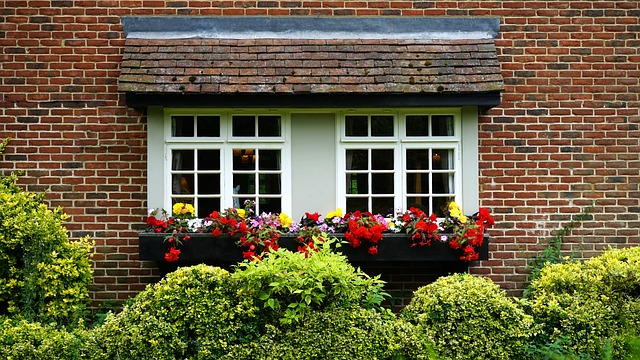
Foundation
The foundation is a critical aspect of any house. It provides the necessary support and stability for the entire structure. When inspecting a potential home, it is crucial to thoroughly examine the foundation to ensure its integrity. Look for any cracks or shifts in the foundation walls or slabs, as these can be indicators of underlying issues.
Cracks in the foundation can occur due to various factors such as soil movement, water damage, or poor construction. These cracks can compromise the structural stability of the house and lead to costly repairs in the future. It is essential to identify and address these issues early on to prevent further damage.
In addition to cracks, it is important to check for signs of moisture or water damage in the foundation. Excessive moisture can weaken the foundation and create an environment for mould and mildew growth. Look for damp spots, water stains, or musty odours, as these can be indications of water infiltration.
Exterior Walls
Look for any cracks in the walls, signs of water damage, or unevenness in the structure. These could be indicators of structural issues that may require expensive repairs in the future. It’s important to thoroughly examine the exterior of the home to ensure its long-term stability and safety.
As you inspect the retaining walls, pay attention to any cracks that may be present. Small cracks are usually harmless and can be easily repaired, but larger cracks may indicate a more serious problem. These could be a result of foundation issues, settling, or even poor construction. It’s crucial to identify and address these issues early on to prevent further damage and potential safety hazards.
In addition to cracks, keep an eye out for signs of water damage. Water stains, peeling paint, or mould growth on the exterior walls could be indications of leaks or poor drainage. These issues can lead to rotting wood, deterioration of the structure, and even mould growth inside the home. Proper water management is essential to maintain the integrity of the property and prevent costly repairs down the line.
Unevenness in the structure should also be noted during your inspection. If you notice any sagging or leaning walls, it could be a sign of foundation problems or structural damage. This is particularly important to identify as it can affect the overall stability of the home. Hiring a professional inspector or structural engineer can provide a more thorough assessment of any potential issues.
Windows and Decorative Order
Additionally, check the condition of the paint, siding, and windows. These elements not only affect the overall appearance of the house but also its energy efficiency and durability. Peeling or chipped paint may indicate a need for repainting, while damaged siding may require replacement. Faulty or outdated windows can result in drafts, higher energy bills, and a less comfortable living environment. It’s important to consider the cost and effort required to address any of these issues when evaluating the property.
The Roof
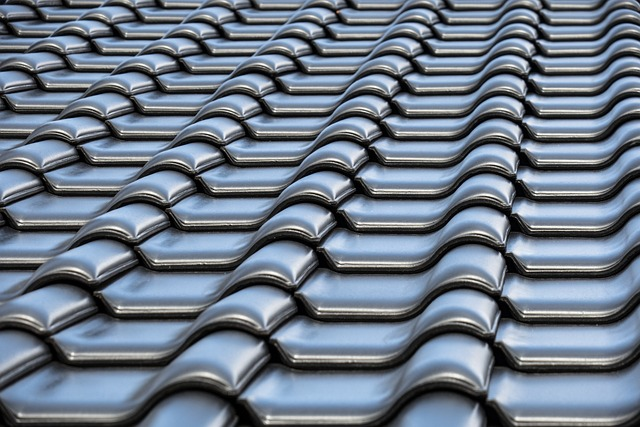
The roof is one of the most critical components of a house, protecting it from the elements. A well-maintained and sturdy roof can save you from costly repairs in the future. When evaluating the roof, there are several key factors to consider.
First, inspect for missing or damaged shingles. Shingles play a vital role in keeping water out of your home, so any signs of wear or tear should be addressed promptly. Look for shingles that are cracked, curled, or completely missing. These are all indications that the roof may be compromised and in need of repair.
In addition to checking for damaged shingles, it’s important to look for signs of water leaks. Water stains on the ceiling or walls, as well as damp spots or sagging areas, can all be indications of a leaky roof. These issues should be addressed immediately to prevent further damage to the structure of your home.
Driveway and Pathways
Next, inspect the driveway and pathways for cracks or signs of deterioration. A well-maintained exterior indicates that the previous owners have taken care of the property. Cracks in the driveway or unevenness in the sidewalks may be a result of poor installation or lack of maintenance. These issues can not only be unsightly but also pose a tripping hazard. Assessing the condition of these areas can give you insights into the overall level of care the property has received.
The Interior: What to look for when doing a home inspection
Floors, walls, and ceilings

It is also crucial to pay attention to the floors, walls, and ceilings inside the house. Sloping or uneven floors can be signs of foundation problems or other structural issues. These can affect the overall stability of the house and may require significant repairs.
Furthermore, cracks in the walls or ceilings should not be overlooked. These cracks may indicate structural settling, which can be a result of foundation issues or other factors. It is important to thoroughly assess the severity of these cracks and consult with professionals to determine the appropriate course of action.
Roof Structure and Attic
Don’t forget to check the roof structure and attic. The attic is often overlooked but plays a crucial role in the overall health of your roof and home. Proper insulation and ventilation are essential for maintaining a comfortable and energy-efficient living space.
When inspecting the attic, look for signs of water damage. This can include water stains on the walls or ceiling, damp insulation, or even puddles of water. These signs may indicate a leak in the roof that needs to be addressed promptly.
Another important aspect to evaluate in the attic is the insulation. Insulation helps regulate the temperature in your home and can significantly impact your energy bills. Look for adequate insulation that is evenly distributed and not compressed or damaged. Proper insulation will help keep your home warm in the winter and cool in the summer.
Lastly, check the attic for proper ventilation. Good ventilation is essential for preventing moisture build-up, which can lead to mould and mildew growth. Look for vents that are clear of debris and functioning properly. Adequate ventilation will help maintain a healthy indoor environment and prolong the lifespan of your roof.
Interior Finishes
Pay attention to the quality of the interior finishes such as flooring, paint, and fixtures. Are there freshly painted walls? Assessing these elements will give you an idea of potential renovation or redecoration costs.
Pests and Infestations

No one wants to deal with pests in their new home. Inspect for signs of pests such as droppings, gnaw marks, or nests. Look for cracks or holes that could serve as entry points for rodents or insects. If there are any suspicious signs, consider hiring a professional pest control service for a thorough inspection.
The Electrical System: What to Look for when doing a home inspection
When it comes to buying a new house, there are many factors to consider, and one of the most important aspects is the electrical system. It’s essential to assess the electrical systems in the house to ensure they meet modern safety standards.
Hiring a professional electrician to conduct a thorough inspection can provide peace of mind and help you make an informed decision about the house you’re considering.
A thorough investigation can save you from potential hazards and costly future repairs in the future.
Electrical Panel
Start by checking the electrical panel for any signs of outdated or faulty wiring. This is the heart of the electrical system, and any issues here can have serious consequences. Look for circuit breakers that frequently trip or any exposed wiring. Outdated wiring can be a fire hazard and may require a costly rewiring job. It’s crucial to have a professional electrician inspect the panel to ensure it is up to code and can handle the electrical demands of a modern household.
light switches, outlets, and fixtures
While inspecting the electrical panel is important, it’s equally crucial to test the light switches, outlets, and fixtures throughout the house. Make sure everything is in working order and that there are no visible signs of electrical problems. Faulty switches or outlets can be indicative of underlying issues and may need to be addressed before moving forward with the home purchase contract itself.
Electrical Load
Additionally, it’s worth considering the overall electrical capacity of the house. With the increasing number of electronic devices and appliances in modern households, it’s important to ensure that the electrical system can handle the load. An overloaded system can lead to frequent power outages, damaged appliances, and even electrical fires. If the house you’re considering has an older electrical system, it may be worth discussing with an electrician whether an upgrade or additional circuits are necessary.
GFCIs & AFCIs
Another aspect to investigate is the presence of ground fault circuit interrupters (GFCIs) and arc fault circuit interrupters (AFCIs). GFCIs are intended to prevent electrical shock in locations with water, like kitchens, baths, and outdoor outlets. AFCIs, on the other hand, provide protection against electrical fires caused by arcing faults. These safety features greatly enhance the safety of the electrical system.
Electrical Wiring
Lastly, it’s important to consider the age of the electrical wiring and components. Older homes may have outdated electrical distribution systems that are not up to current safety standards. This can include knob-and-tube wiring, aluminium wiring, or even outdated fuse boxes. These older systems may need to be replaced or upgraded to improve safety and reliability.
Visible Plumbing: What to look for when doing a home inspection
A well-functioning plumbing system is vital for daily activities. Without it, simple tasks like washing dishes or taking a shower can become a hassle. To ensure that your plumbing is in good condition, it’s important to regularly test and inspect various aspects of your system.
One of the first things you should do is check for leaks under sinks and near plumbing fixtures. In order to prevent major water damage down the road, it is imperative that any leaks be fixed as soon as possible. Take the time to carefully examine the pipes and connections, looking for any signs of moisture or dripping water.
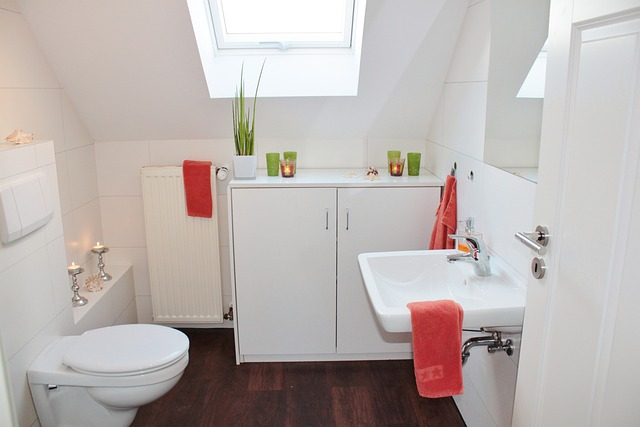
Next, run taps/faucets and flush toilets throughout your home. This will help you identify any problems with water flow or drainage. Inconsistent water flow can be frustrating, but it can also be a sign of a more serious underlying problem. If you notice that water is draining slowly or that the water pressure is low, it could indicate a plumbing issue that needs attention.
Water Pressure
While you’re testing the plumbing, it’s also a good idea to inspect the water pressure in different areas of the house. In some cases, you may find that the water pressure is fine in one part of the house but weak in another. This could be a sign of a clogged pipe or a problem with the water supply line. By identifying these issues early on, you can prevent further damage and costly repairs.
Water Heater
Don’t forget to pay special attention to the water heater during your plumbing inspection. The water heater plays a crucial role in providing hot water for your daily needs. Check for signs of rust, leaks, or irregularities in temperature. A properly functioning water heater ensures that you won’t encounter any unwelcome surprises when taking a shower or doing the dishes.
In addition to these basic tests, it’s also a good idea to have a professional plumber inspect your plumbing system on a regular basis. They can identify any potential problems that may not be immediately apparent and provide the necessary repairs or maintenance.
Remember, a well-maintained plumbing system not only ensures your comfort and convenience but also helps prevent costly water damage. By taking the time to test and inspect your plumbing regularly, you can catch any issues early on and avoid more significant problems down the line.
Heating Ventilation & Air Conditioning (HVAC)
The HVAC system plays a crucial role in maintaining a comfortable indoor environment. Inspect the furnace, air conditioning unit, and ventilation and cooling systems often. Check the age, cleanliness, and overall condition of these components. Ensuring that they are well-maintained will save you from unexpected expenses down the road.
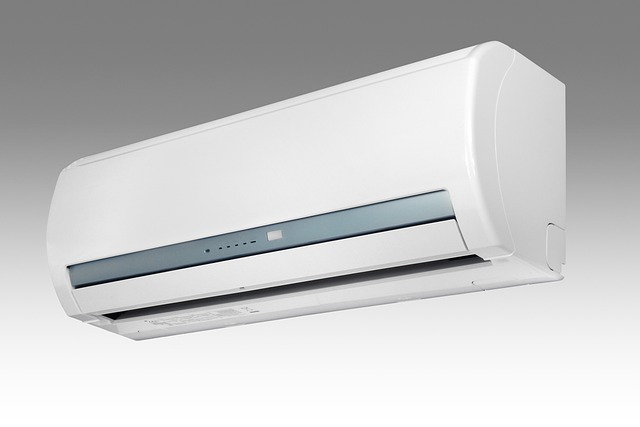
Running the HVAC system and checking the temperature in each room will help identify any issues with air circulation or temperature control. Ensure that the air conditioning system always provides sufficient heating and cooling throughout the house.
Appliances
Generally speaking, inspectors won’t predict the remaining useful life of appliances.
Energy Efficiency
Energy efficiency is not only environmentally friendly but also saves you money on utility bills. Ask for information about the home’s insulation, windows, and energy-efficient appliances (that are staying with the property). Check if the windows are double-glazed and properly sealed. Consider the HVAC system’s efficiency rating and whether there are any renewable energy installations.
Remember, an energy-efficient home can contribute significantly to your long-term savings and comfort.
Landscaping: What to look for when doing a home inspection

Check for signs of neglect or potential hazards such as root damage to the house’s foundation.
Well-manicured lawns, healthy trees, and vibrant flowers can enhance the curb appeal and create a welcoming atmosphere. On the other hand, neglected or overgrown vegetation may require significant time and effort to restore. Consider the amount of maintenance you are willing to undertake when evaluating the landscaping of the property.
Check perimeter fences, walls, and gates.
Garages, Outbuildings, sheds and Cabins
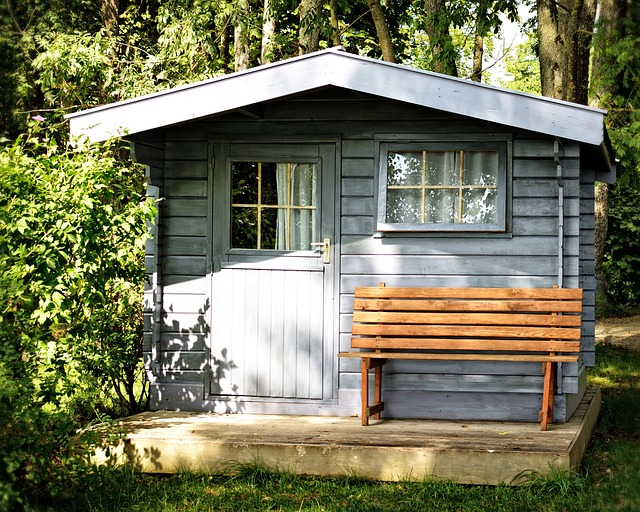
If these could be deal breakers then explore these for any issues e.g. garage doors are often difficult to open and shed roof felt is often in need of repair.
Neighbourhood and Location: What to Look for when doing a home inspection
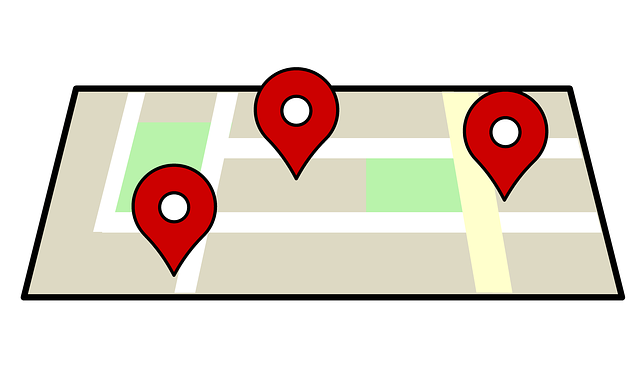
Lastly, don’t forget to evaluate the neighbourhood and location of the house. Research the home’s location, local amenities, schools, and transportation options. Take a walk around the neighbourhood to get a sense of the community and its vibe.
Consider factors such as proximity to your workplace, shopping centres, parks, and other facilities that are important to you. Remember, you’re not only buying a house but also becoming a part of a community.
Home Inspection Day
The Real Estate agent will arrange a mutually acceptable day and time for the home inspection.
I have performed many home inspections. I find its always best to advise the seller/occupant about the nature of the checks, just to set their expectations.
Few inspectors will leave home without:
- Your Home inspection checklist
- Mobile Phone/Camera
- Tape measure
- Pen and Paper
- Spirit level
- Hand disinfectant
- Plastic shoe covering
- Latex Gloves
- Face Mask
Need a Home Inspector?
You are likely to have a window of only two to four hours to complete a home inspection checklist. Its a big ask to do all the checks in that time (let alone know what you are looking at). The best advice we can give you is to commission a professional home inspector if you have no experience in home inspection.
Certified Home inspectors have training and experience. Each home inspector very likely has their own home inspection checklist, discuss it with them, that way you will better understand their written report.
In the great scheme of things a professional home inspection cost is not that big compared to the price of a property.
Remember: Home inspectors are often qualified to carry out additional inspections e.g. swimming pools and spas.
Top Hint: If you are buying in the county of Norfolk in the United Kingdom the Brightchecker team offer an interactive fixtures and fittings inspection. It is a complementary service to the standard types of UK home inspection. Drop us an email at support@brightchecker.com
Using a Home Inspection Report
The older the house, and the more lived in, then the more faults there are likely to be in the final report.
The important thing is to look at each fault and reflect on how significant it is.
Consider asking for repairs or a discount on the purchase price.
If the home inspector discovers problems that need major repairs, or more minor flaws than you had anticipated, you may want to revaluate your decision to buy that house.
To Sum Up – What to look for when doing a home inspection?
In conclusion, inspecting a house thoroughly before buying is essential to avoid any surprises, safety issues, or regrets. It allows you to identify any potential issues that may require repairs or maintenance, giving you a clearer understanding of the property’s condition and potential future expenses.
Each aspect mentioned in this article plays a significant role in the overall quality and long-term value of your investment. So it pays to have these covered by your home inspection checklist.
Additional Reading
More Helpful Content
Visit our Homepage
